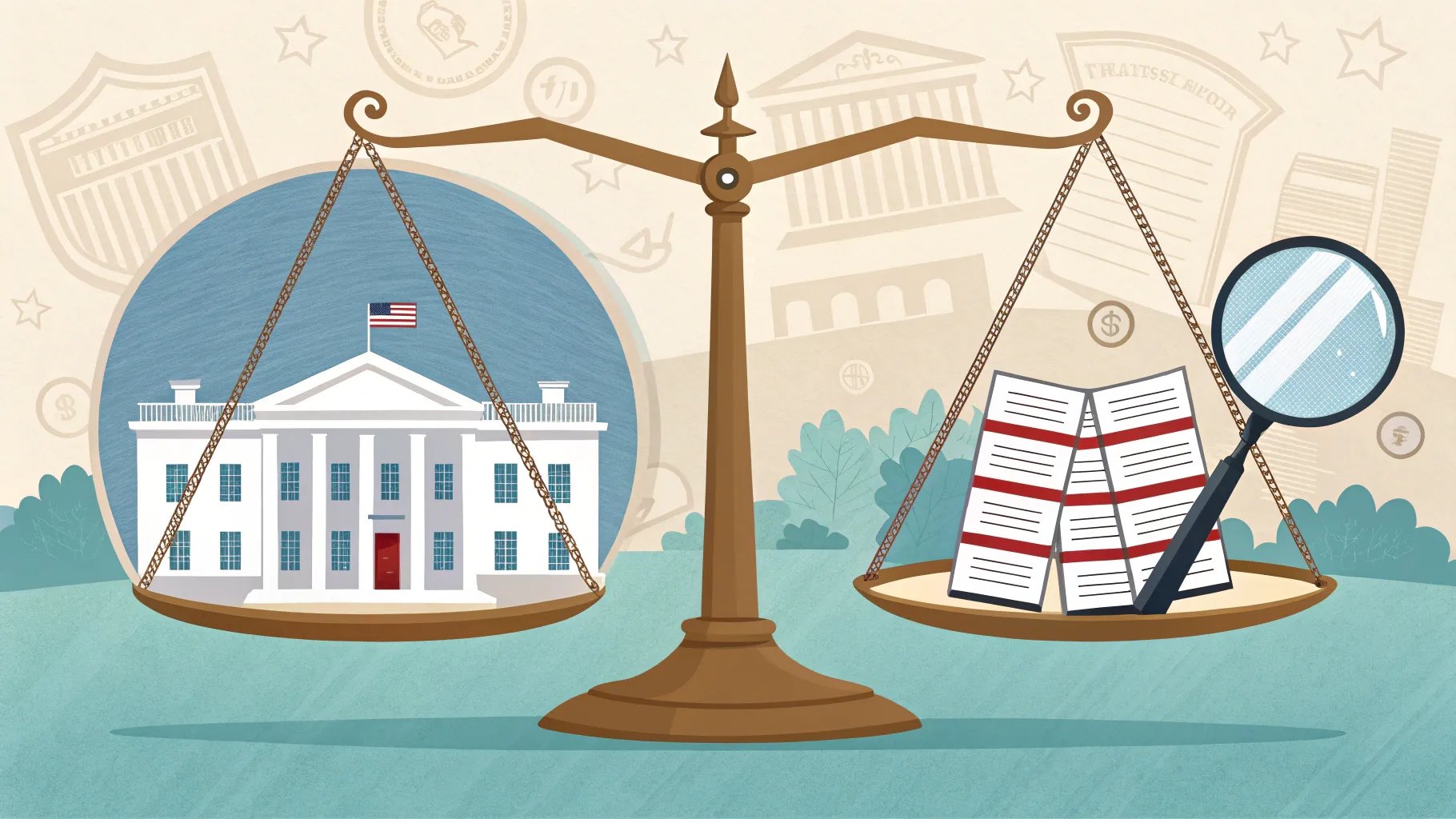
The Government Accountability Office (GAO) has launched multiple investigations at a time when the White House is actively seeking to strengthen its control over federal budget processes. This development marks a significant moment in the ongoing tension between executive power and congressional oversight of government spending.
The timing of these parallel actions has raised questions about the balance of power in Washington’s fiscal decision-making landscape. While the specific nature of the GAO investigations remains unclear, their occurrence alongside the White House’s efforts to expand budgetary authority creates a notable political dynamic.
Understanding the GAO’s Role
As the investigative arm of Congress, the GAO serves as a watchdog over federal spending and government operations. The office conducts audits, evaluations, and investigations to ensure federal agencies are operating effectively and spending taxpayer dollars appropriately.
These current investigations could examine various aspects of federal spending, program effectiveness, or compliance with existing budget laws. The GAO typically undertakes such reviews either at the request of congressional committees or based on requirements in legislation.
A former federal budget official, speaking on condition of anonymity, noted: “The GAO’s work often intensifies during periods when there are questions about executive branch fiscal management or attempts to shift the power balance.
White House Budget Authority Expansion
The White House’s push to expand its budget authority represents a significant attempt to reshape how federal spending decisions are made. This effort could potentially include:
- Greater control over agency spending priorities
- More flexibility in reallocating funds between programs
- Enhanced authority to withhold appropriated funds
- Streamlined processes for emergency spending
Budget experts suggest this move could alter the traditional checks and balances between Congress and the executive branch. The Constitution grants Congress the “power of the purse,” but presidents have historically sought ways to increase their influence over spending decisions.
“What we’re seeing is the latest chapter in a long-running tension between the branches,” said a congressional budget committee staffer. “The White House wants more flexibility, while Congress wants to maintain its constitutional role in directing federal spending.”
Historical Context and Precedent
This is not the first time an administration has attempted to expand its budgetary powers. Previous presidents have used tools like impoundment, rescission requests, and emergency declarations to gain greater control over federal spending.
In the 1970s, Congress passed the Congressional Budget and Impoundment Control Act specifically to limit presidential power to withhold appropriated funds. This law came in response to President Nixon’s attempts to impound funds allocated by Congress.
The current situation echoes these historical tensions while occurring in a modern context of growing deficits and increasingly complex federal budgets. The GAO investigations may shed light on whether current practices are adhering to established budget laws and procedures.
Potential Impacts
The outcome of both the GAO investigations and the White House’s efforts could have far-reaching consequences for how the federal government allocates and spends its roughly $6 trillion annual budget.
If the White House succeeds in expanding its budget authority, agencies might face new constraints or opportunities depending on administration priorities. Congressional oversight could be diminished in certain areas, while executive branch flexibility might increase.
Meanwhile, the GAO investigations could result in recommendations for policy changes, administrative reforms, or even legislative action if problems are identified in current budget processes.
As these parallel developments unfold, stakeholders across government are watching closely. The results will likely influence not just current spending decisions but also the long-term balance of power in federal budgeting for years to come.











Howie Jones
My name is Howie and I'm a Customer Success Manager at Calendar. I like to ensure our customers get the best experience using our product. If you have questions email me howie at calendar.com